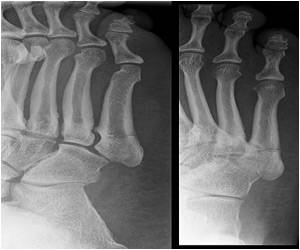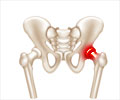IRCM researchers have identified a novel gene that modulates bone mass.

"The overall objective of our research is to understand the molecular and cellular mechanisms that determine the balance between bone formation and resorption (breakdown)," explains Dr. Vacher, Director of the Cellular Interactions and Development research unit at the IRCM. "Osteoblasts are responsible for making bones and work in synergy with osteoclasts, which reshape the bone. To gain insight into these complex mechanisms, we are studying the role of new genes that influence osteoclasts and osteoblasts."
The team of researchers recently isolated a gene that modulates osteoclasts. They found, in mice, that a loss of this gene's function leads to a significant increase in the number of osteoclasts, thereby generating an even higher level of bone resorption.
"We identified this gene as a novel modulator of bone mineral density in mice and humans," adds Dr. Vacher. "More importantly, we showed that the human gene could represent a new susceptibility factor for osteoporosis. Hence, this discovery will help identify individuals with a greater predisposition to the disease who could benefit from preventive measures."
According to Osteoporosis Canada, as many as two million Canadians suffer from osteoporosis. One in four women over the age of 50 has osteoporosis, and so does one in eight men over the same age. In addition, 80 per cent of hip fractures are related to the disease. These result in death in up to 20 per cent of cases, and disability in 50 per cent of those who survive.
Mathieu Ferron, graduate student from Dr. Vacher's laboratory, is the article's first author. This research project was conducted in collaboration with scientists at Universit Laval in Qubec and Washington University School of Medicine in Saint Louis.
Advertisement
Source-Eurekalert











